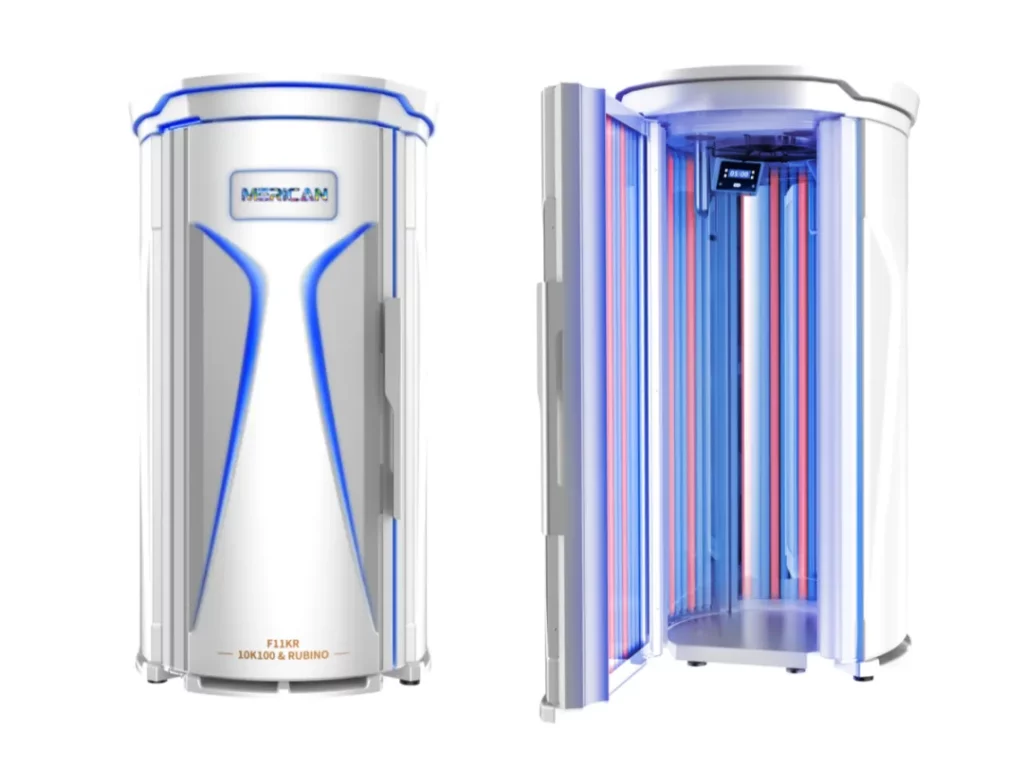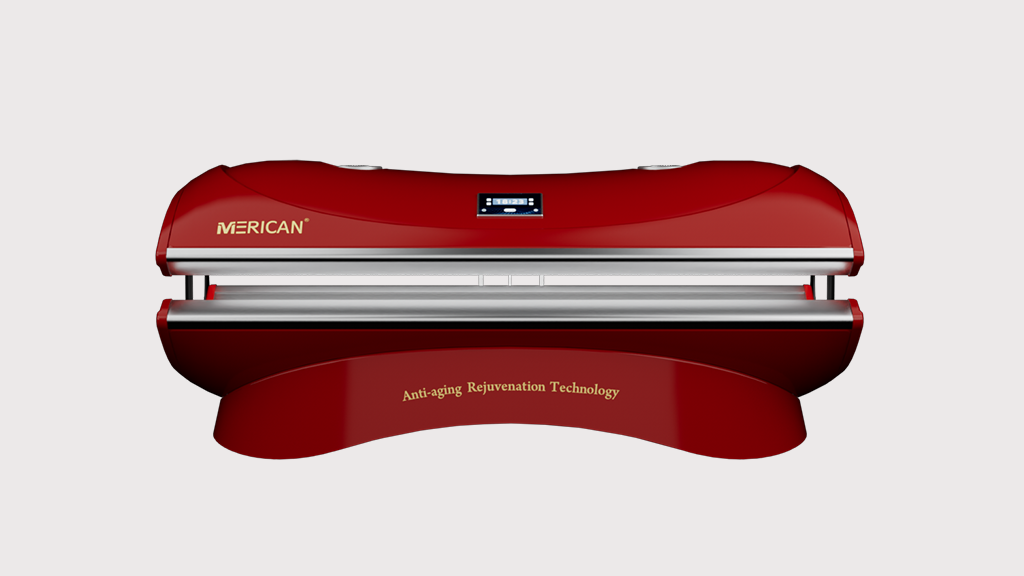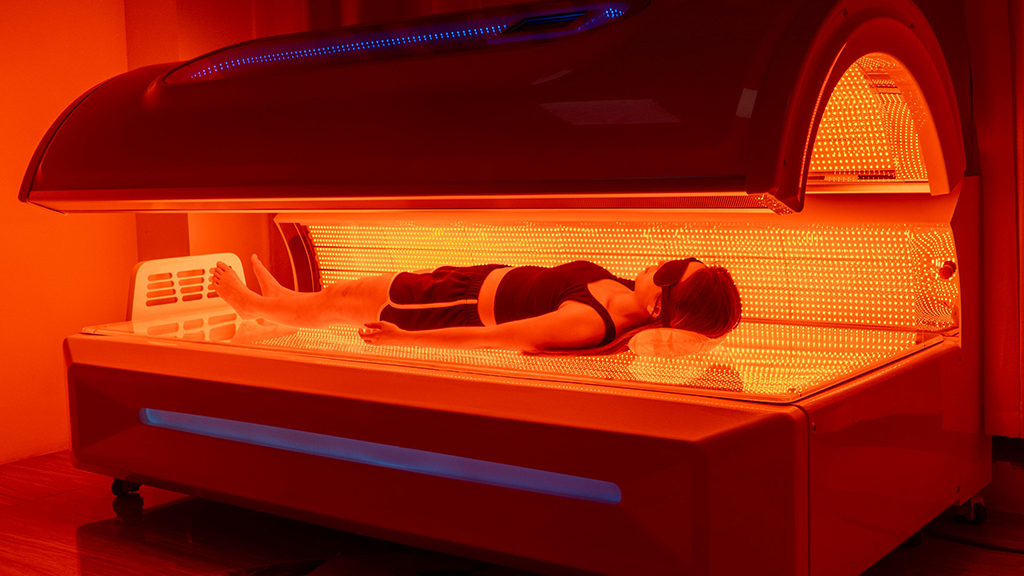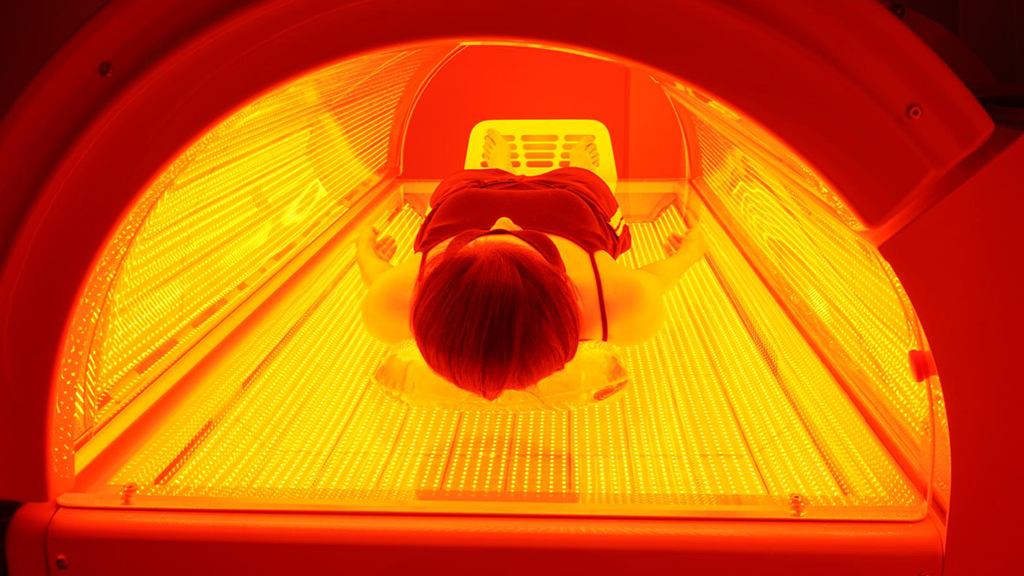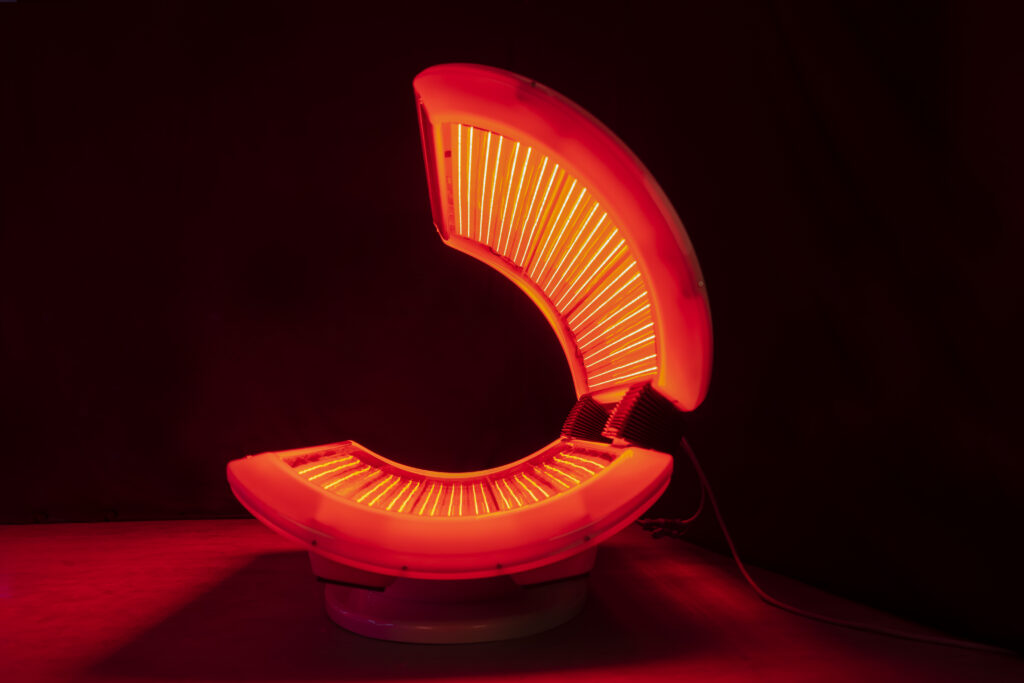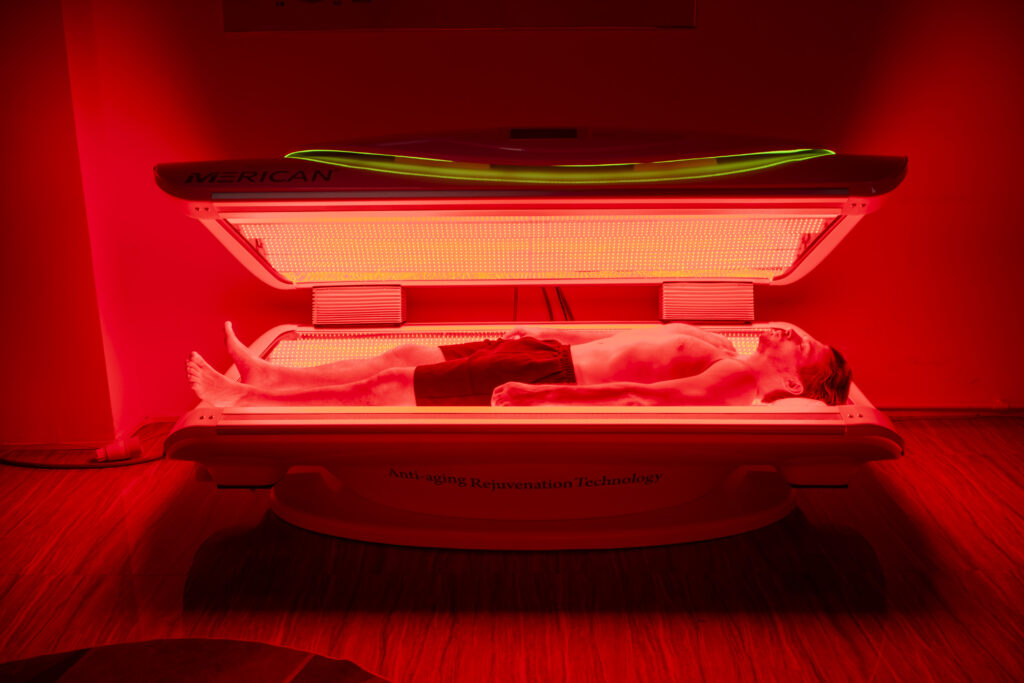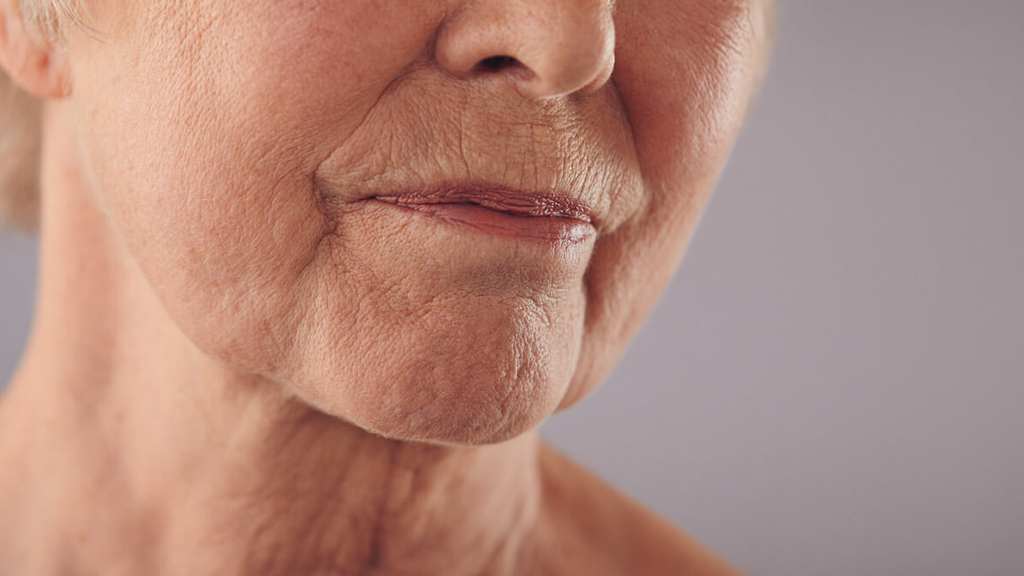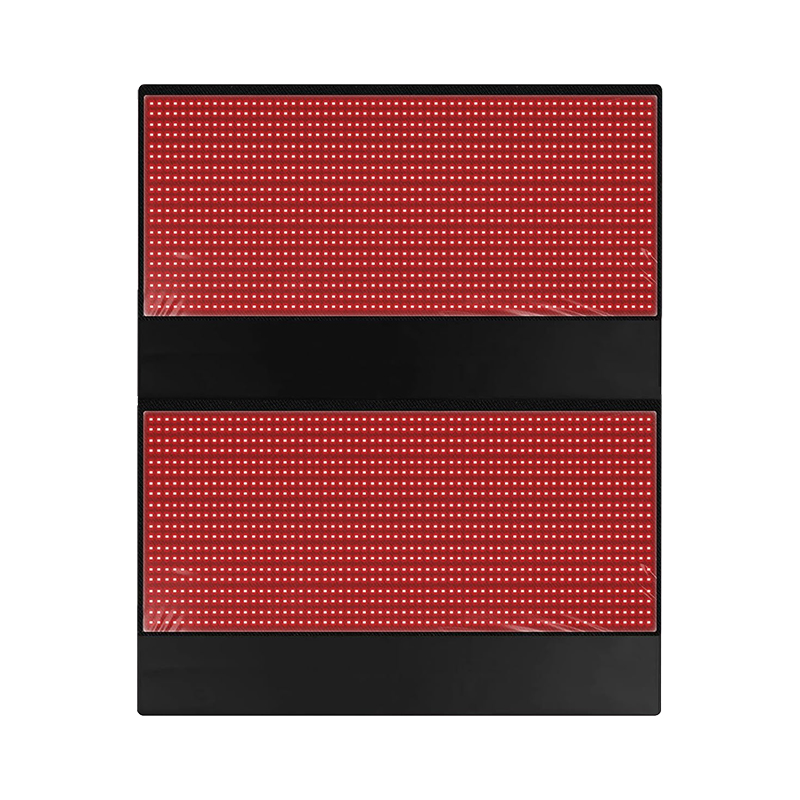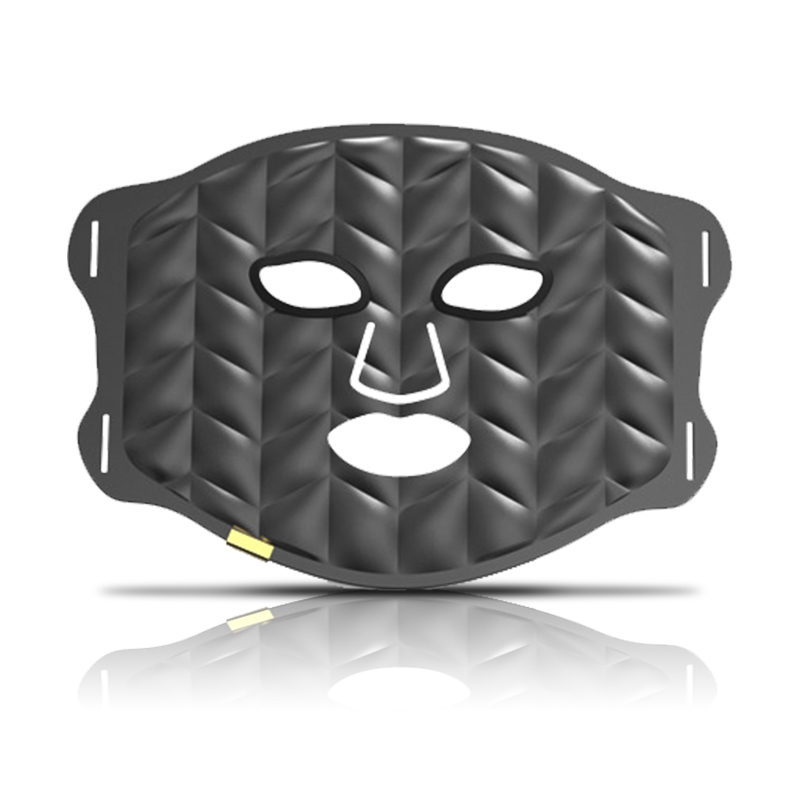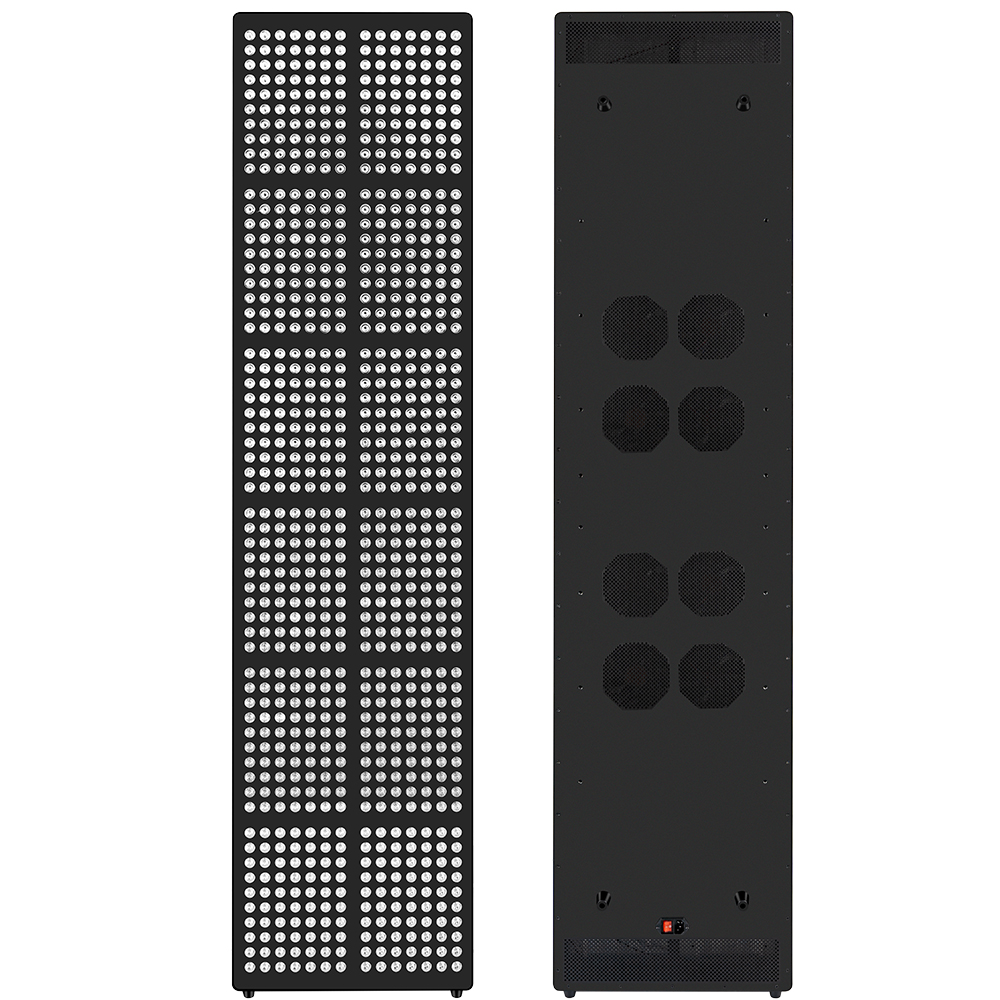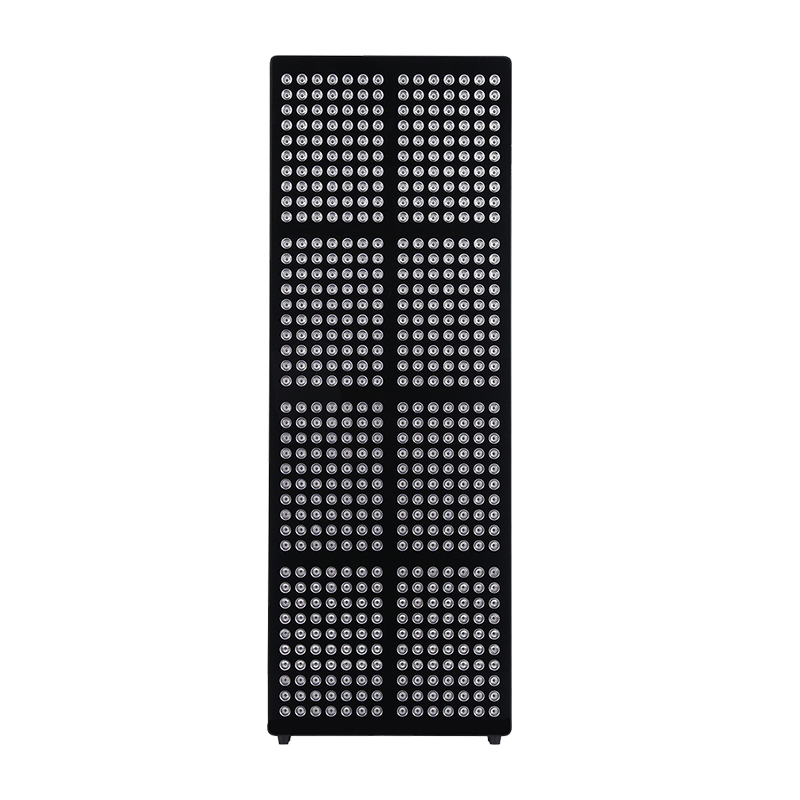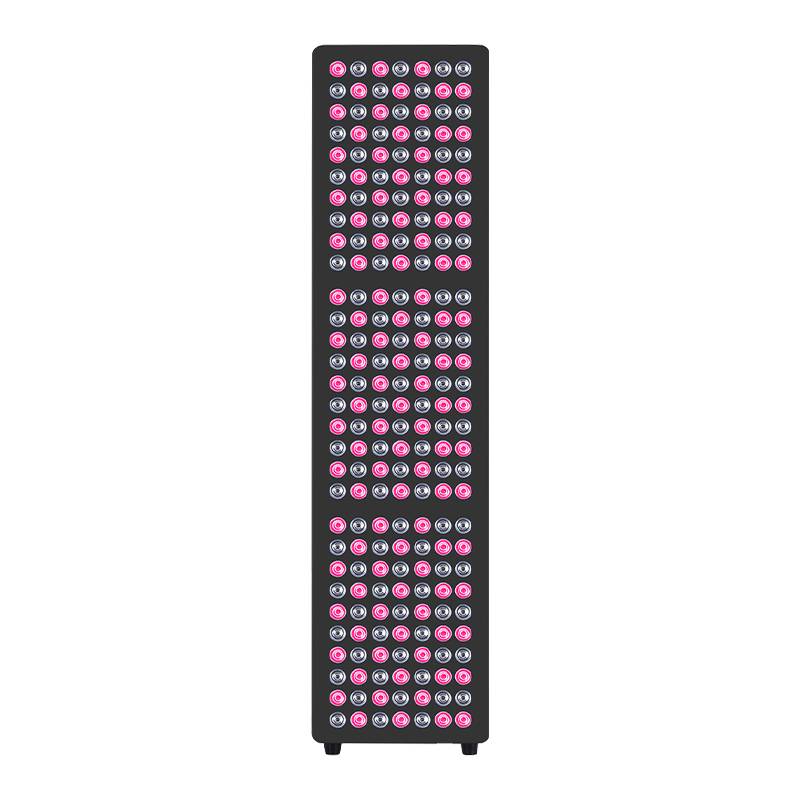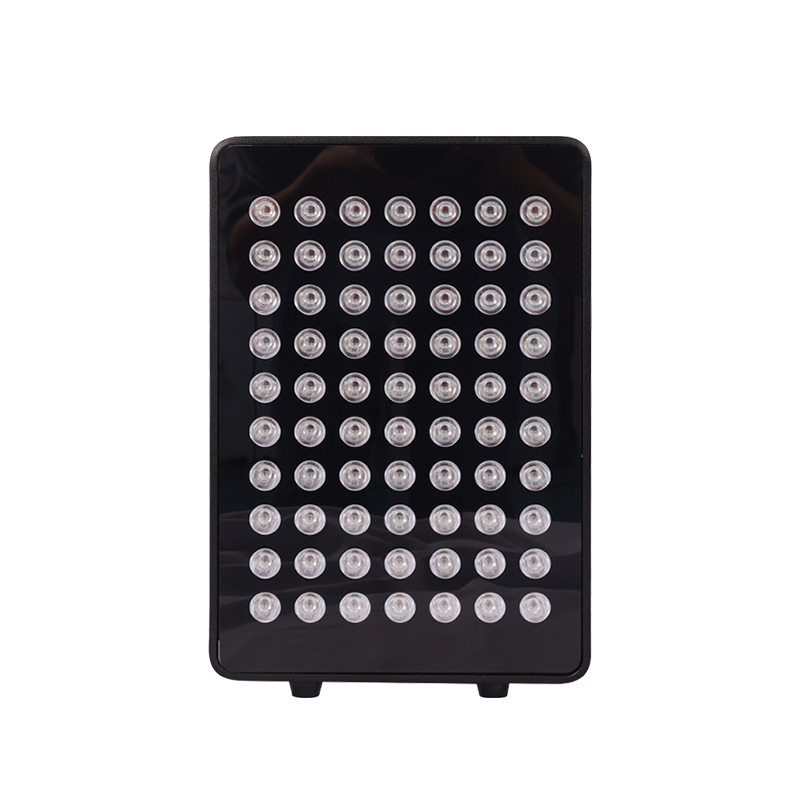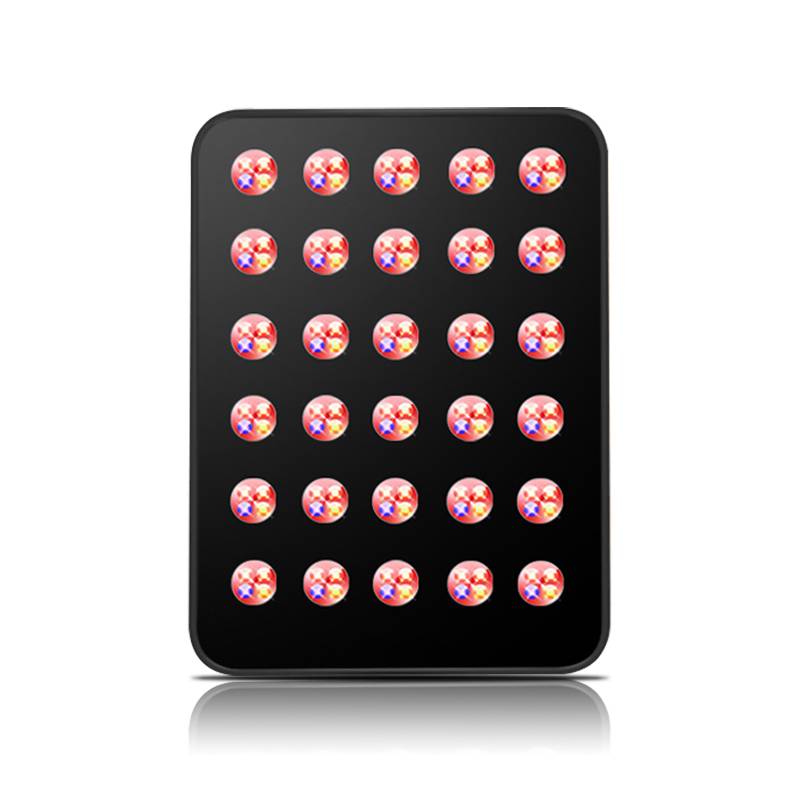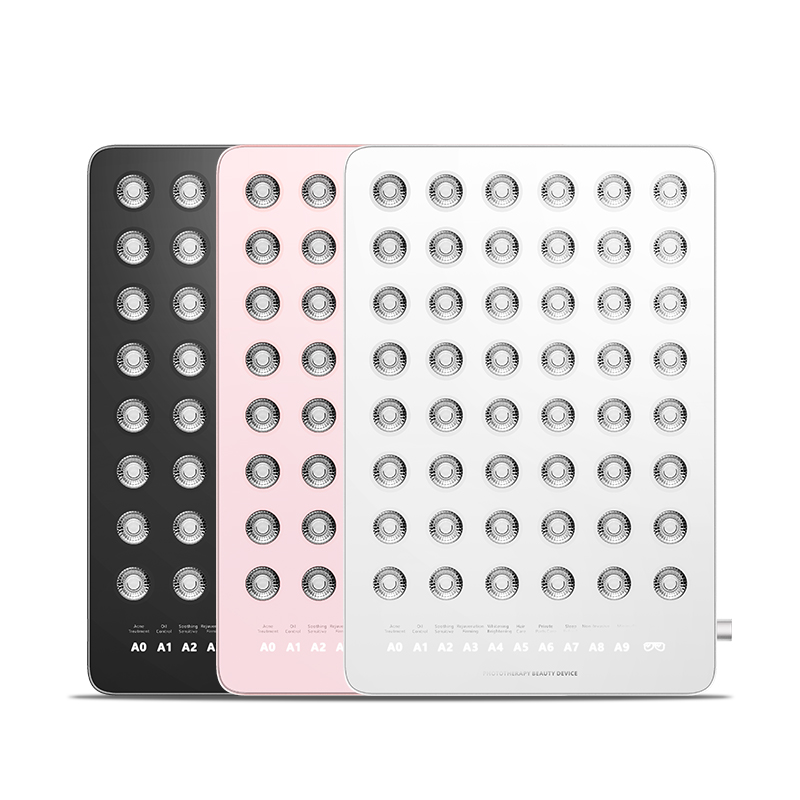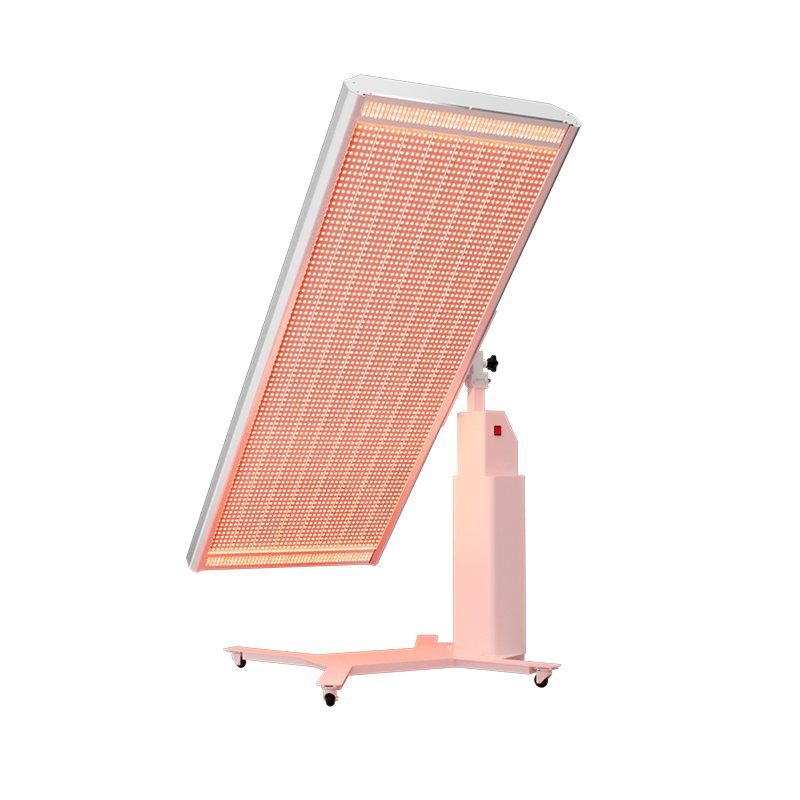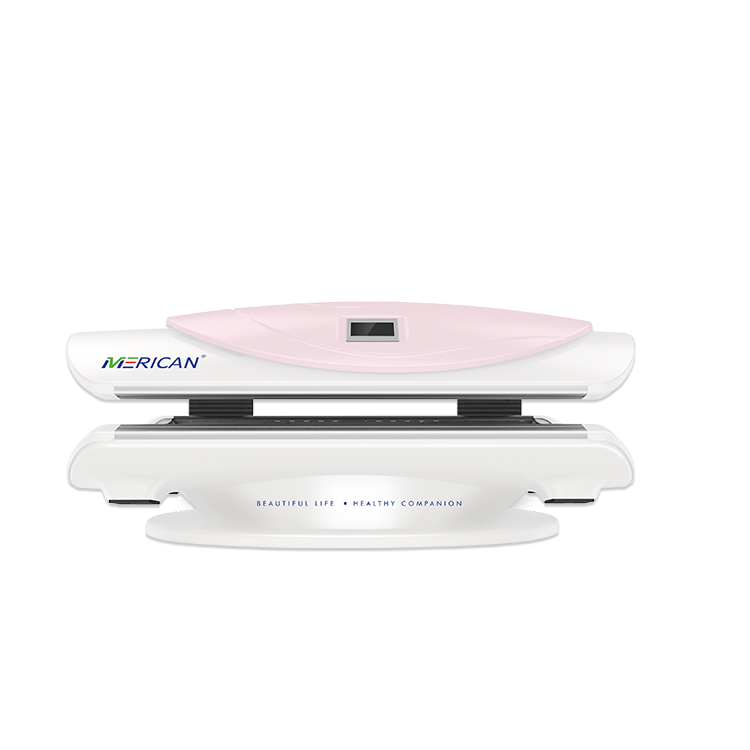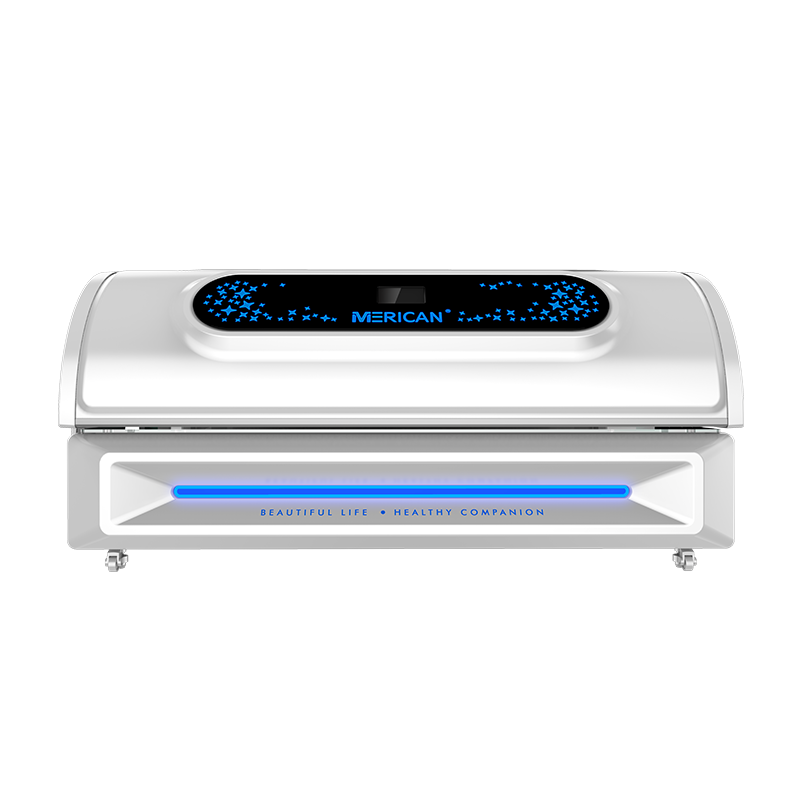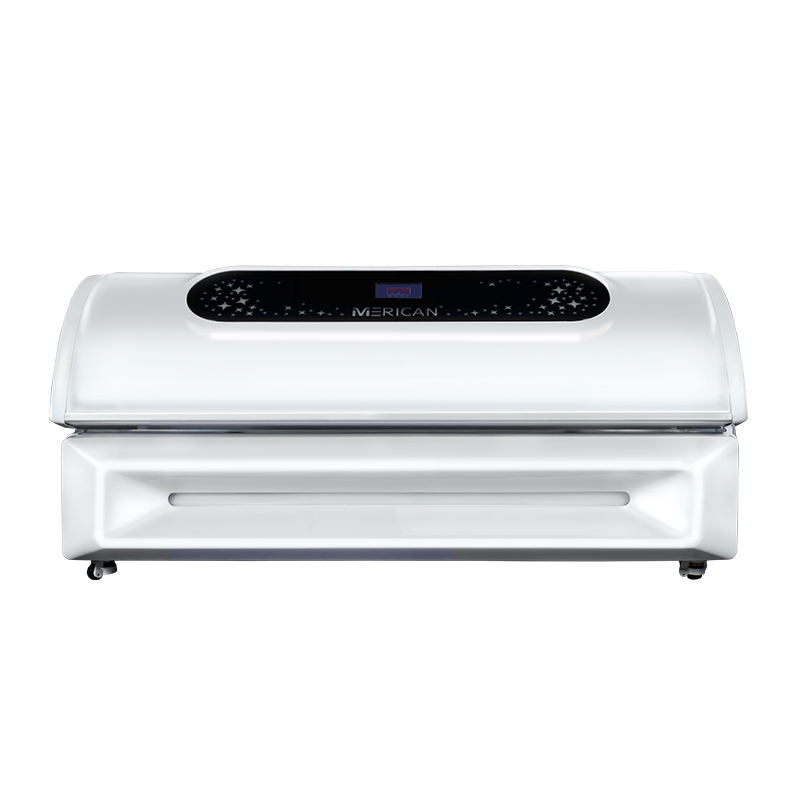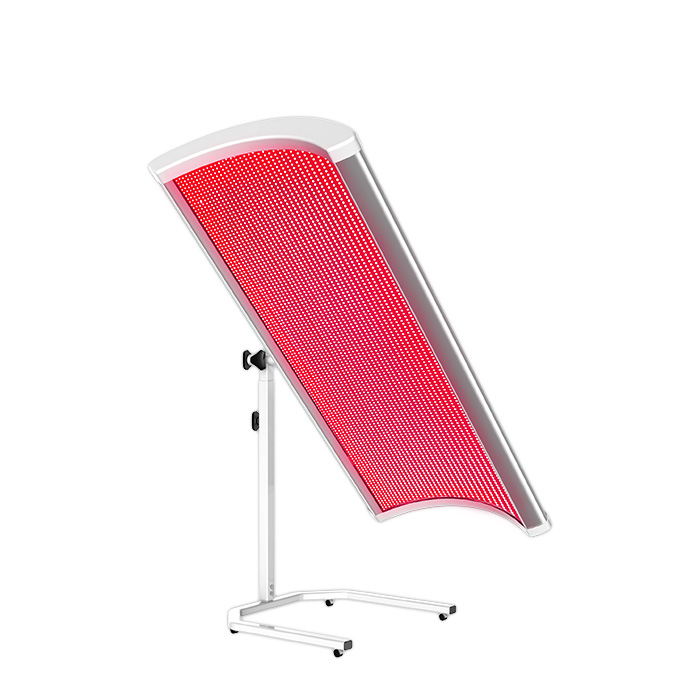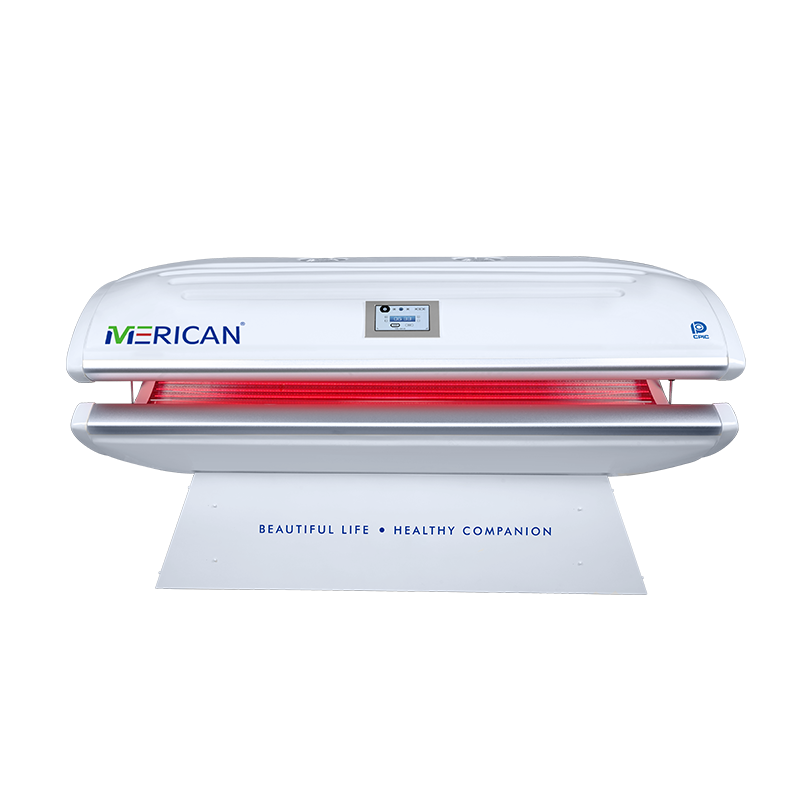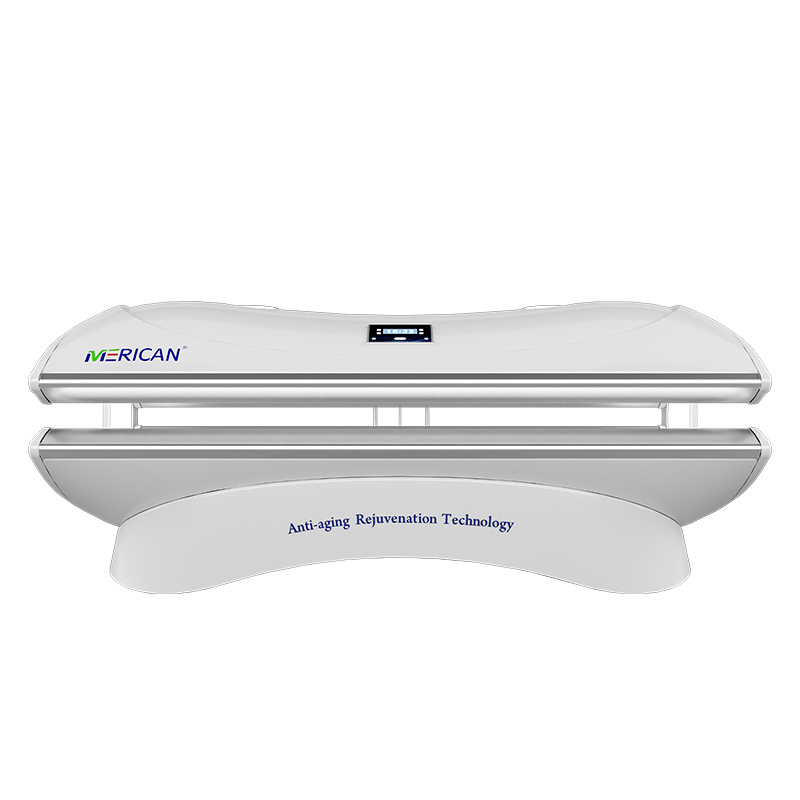UM cama de bronzeamento artificial com luz vermelha é um dispositivo híbrido que combina Terapia com luz vermelha (Rlt) com tradicional Bronzeamento UV. Tem como objetivo fornecer benefícios terapêuticos e cosméticos, emitindo luz vermelha ou infravermelha próxima (não UV) e luz UV para bronzeamento da pele.
Principais características das camas de bronzeamento artificial com luz vermelha:
- Terapia com luz vermelha (Não uv):
- Usa comprimentos de onda vermelhos e/ou infravermelhos próximos para melhorar a saúde da pele.
- Estimula a produção de colágeno, reduz linhas finas, e aumenta a elasticidade da pele.
- Auxilia na reparação e cicatrização da pele, ao mesmo tempo que reduz a inflamação.
- Bronzeamento UV:
- Emite raios UV para escurecer a pele, estimulando a produção de melanina, criando um bronzeado.
- Proporciona o mesmo efeito bronzeador de uma cama de bronzeamento tradicional.
- Benefícios Combinados:
- A luz vermelha pode neutralizar alguns dos efeitos negativos da exposição UV, como reduzir o estresse oxidativo e promover a cicatrização da pele.
- A terapia da luz vermelha pode ajudar a manter a saúde da pele e reduzir o ressecamento ou irritação associada ao bronzeamento.
Benefícios de uma cama de bronzeamento artificial com luz vermelha:
- Cuidados com a pele: Melhora simultaneamente o tom e a textura da pele enquanto alcança um bronzeado.
- Conforto aprimorado: A luz vermelha pode ajudar a acalmar a pele durante o processo de bronzeamento, tornando-o menos agressivo em comparação com camas de bronzeamento padrão.
- Economia de tempo: Oferece dois benefícios em uma sessão: bronzeamento e rejuvenescimento da pele.
Considerações:
- Segurança: Embora o componente da terapia da luz vermelha seja seguro e não emita raios UV, o componente UV ainda traz riscos como danos à pele, envelhecimento prematuro, e aumento do risco de câncer se usado em excesso.
- Diretrizes de uso: Limite as sessões para evitar a superexposição à luz UV, e use medidas de proteção adequadas, como óculos de proteção e hidratantes para a pele.
- Expectativas: O componente de luz vermelha não contribui para o bronzeado, mas sim para melhorar a saúde da pele.
Se você está pensando em usar um, compreender o equilíbrio entre benefícios e riscos da exposição aos raios UV é crucial. Gostaria de conselhos sobre alternativas ou uso seguro?
